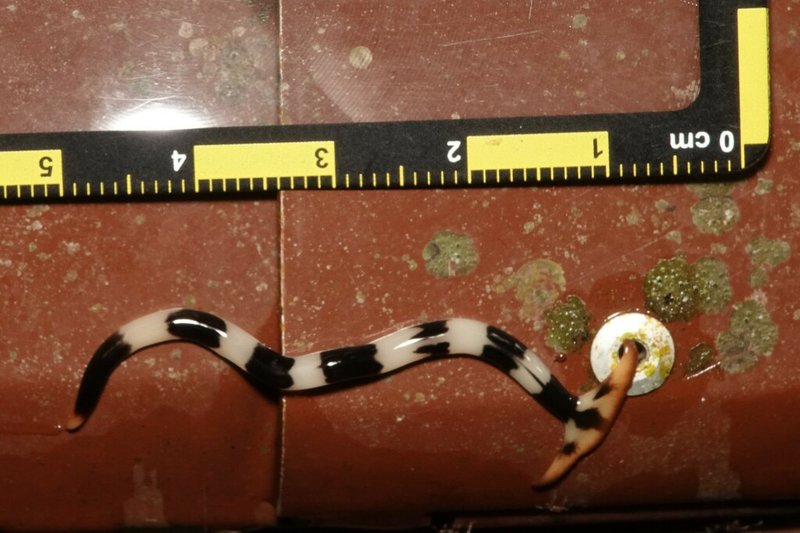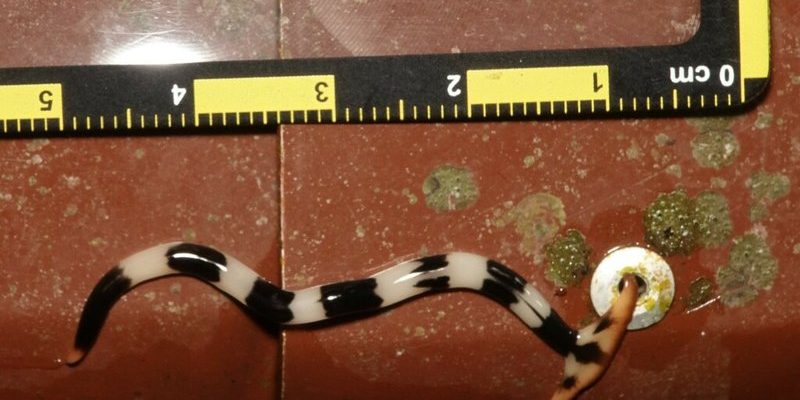
In recent field studies, scientists have delved into these seasonal behaviors. The findings are nothing short of captivating. Think of them like a nature documentary—every season tells a different story, and each chapter reveals how this unique worm navigates its world. From mating rituals in the wet season to foraging strategies during dry months, these behaviors are crucial for its survival and reproduction. Let’s unpack the seasonal rhythms of the Malayan hammerhead worm and see what makes this little creature tick throughout the year.
The Life Cycle of the Malayan Hammerhead Worm
To understand seasonal behaviors, we first need to look at the life cycle of the Malayan hammerhead worm. Generally, these worms grow from eggs laid in soil, which hatch into juvenile worms. As they mature, their distinctive hammer-shaped heads develop, contributing to their unique appearance.
Most field studies have observed that the life cycle of the Malayan hammerhead worm varies with changes in temperature and moisture levels. During the wet season, when conditions are ideal, the hatchlings thrive. The warm, moist environment creates a perfect setting for their growth and development. Conversely, during the dry season, survival becomes a challenge as food sources dwindle and the risk of desiccation increases. This cyclical nature is a fascinating aspect of their life.
Mating Rituals and Reproductive Behavior
During the wet season, mating behaviors of the Malayan hammerhead worm become more pronounced. Scientists have noted that this is the time when these worms engage in courtship displays. The males often perform intricate movements, waving their heads to attract females. It’s akin to a dance, where the right moves can lead to successful mating.
These courtship displays can last for several hours, and environmental cues such as humidity and temperature play a significant role in how and when these displays occur. After mating, females are known to lay clusters of eggs in the moist soil, ensuring a better chance of survival for the hatchlings.
Once the eggs are laid, the focus shifts back to survival as the wet season begins to transition into the dry season. This is where reproductive success and adaptability become critical for the species.
Foraging Patterns Across Seasons
Foraging is another area where the Malayan hammerhead worm shows significant seasonal variation. In the wet season, the availability of organic matter increases, providing ample food for these worms. They actively hunt for decaying plant matter and other organic debris, which they consume to sustain their energy and growth.
As the dry season arrives, food becomes scarcer. The worms adapt their foraging strategies, spending more time in the leaf litter or burrowing deeper into the soil to find moisture and food. This adaptability showcases their resilience. Interestingly, scientists have observed that their nutritional needs may shift as well, focusing more on available resources rather than seeking out specific types of organic matter.
Temperature and Moisture: Key Influencers
You might be wondering how exactly temperature and moisture affect the behavior of these worms. Well, it turns out they play a pivotal role. The Malayan hammerhead worm is a poikilothermic creature, meaning its body temperature fluctuates with the environment. When temperatures rise, they become more active and responsive to mating and foraging.
Conversely, when temperatures drop or moisture levels decrease, these worms may become lethargic. In fact, prolonged droughts can lead some to enter a state of dormancy, which helps them conserve energy until conditions improve. Understanding how these environmental factors influence their behavior is crucial, especially in the face of climate change, which can disrupt these natural patterns.
Impacts of Climate Change on Seasonal Behaviors
Speaking of climate change, it’s worth noting how alterations in weather patterns are starting to affect the seasonal behaviors of the Malayan hammerhead worm. Unexpected temperature spikes, shifts in rainfall patterns, and prolonged periods of dryness can confuse the natural cycles of this species.
Research shows that as environments become increasingly unstable, worms may struggle to adapt. For instance, shifts in reproductive timing could lead to mismatches between hatching and optimal conditions for survival. It’s a critical area of study since understanding these impacts can help us find ways to protect not just the Malayan hammerhead worm, but broader ecosystems as well.
Field Study Methodologies
Field studies observing these behaviors employ various methodologies, including observation and data collection techniques. Scientists often set up controlled environments to monitor how these worms react to different seasonal conditions. They might use temperature and moisture sensors in their natural habitats to gather accurate data.
Additionally, researchers often engage in direct observation, recording specific behaviors during different times of the year. This helps build a comprehensive picture of how the Malayan hammerhead worm interacts with its environment and adapts to seasonal changes. By gathering this data, scientists can make informed predictions about future behaviors and ecological impacts.
The seasonal behavior patterns of the Malayan hammerhead worm are a testament to nature’s incredible adaptability. From their intricate mating rituals in the wet season to their survival strategies during dry spells, these worms showcase how life flourishes in diverse conditions. As we gain a better understanding of their behavior through field studies, we can appreciate the delicate balance of ecosystems and the importance of protecting such unique species.
By staying aware of climate change impacts and supporting conservation efforts, we can all play a part in ensuring that the Malayan hammerhead worm—and many other creatures—continue to thrive in harmony with their environment. So, the next time you think of these remarkable worms, remember their journey and the incredible stories that unfold with each season.

